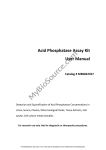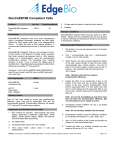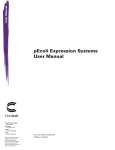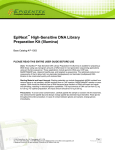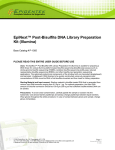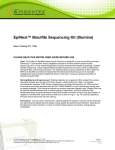Transcript
Troubleshooting a Cloning Experiment Prepared by Ms Alex Aitken Often, suitable controls will pinpoint the origin of the problem. No colonies To confirm that the ligase and ligase buffer are functional, repeat the experiment with an uncut plasmid and a single cut plasmid with and without T4 DNA Ligase. To confirm competent cell viability transform an uncut plasmid. In all instances repeat with fresh buffer as the ATP or DTT may have degraded. Purify the DNA as the presence of NaCl or EDTA will reduce ligation efficiency – gel extract the DNA to ensure complete removal of such inhibitors. Confirm there is a 5´ phosphate on either the insert or plasmid – using freshly produced DNA products is the only way to control for this. Ligations can produce only linear DNA because the DNA concentration is too high. Keep the total DNA concentration between 1-10 µg/ml. Confirm the correct antibiotic has been used on agar plates. Too many colonies The agar plates should be no more than 1 week old. Vector has self ligated – dephosphorylate with fresh enzyme. Competent cells are mutants – check RecA- status. Too few colonies This might be the way it is – if insert or vector DNA has folded and obscured the ends there is little which can be done. Increase the overall amount of DNA as well as adjusting the ratios. Alex Aitken Page 1 28/01/2013
